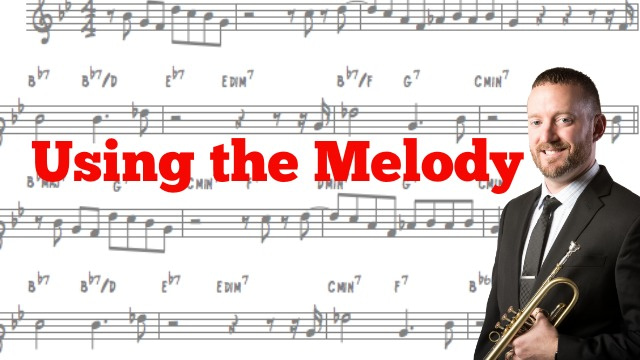Improv Tip Week #34-Listening
Here we are at week #34’s tip where we’re going to talk about a topic that every musician and non-musician can benefit from. This week’s tip is on the different levels of listening and why each one is important for improvisers. This is also the first weekly improv tip post I’ve made since we’ve updated this site. So, I’d like to encourage you to check it out and look around. Also, if this is your first time visiting…welcome! Take a look at the past 33 weeks of posts as well as the other tabs above. Finally, if you haven’t yet, check out my book Targeting: Improvisation With Purpose on the left hand side of the page or by going to the “Books” tab above.
I’m sure there may be specific definitions to the different levels of listening posted in a doctoral thesis or medical journal, but these are the labels I’ve been using and think that you’ll get the idea. Most importantly, I hope you can take away something from each level of listening that you can apply to watch your improvisation skills grow.
Passive Listening
Passive listening is what we do when we have music on in the background at work, home, driving, etc. Unfortunately, the majority of the world spends most of their time in passive listening. The key definition to passive listening is the word background. The listener may spend a brief moment or two where they focus on what’s happening musically, but eventually it moves to the background. “Great Jason, how does this help me?” Well, if we listen to something long enough (over and over) it tends to sink into our sub-concious. Before you know it, you might find yourself singing or humming a melodic line that you can’t remember where it came from. As I’ve mentioned in previous posts, our ears will keep what it likes and discard what it doesn’t. If it made it to your sub-concious to the point you remember it later…then your ear has grabbed it. That melodic line (or counterpart, rhythm, etc) has potential to be a part of your vocabulary for you to personalize later. While I don’t endorse only passive listening, I do encourage that musicians and non-musicians alike spend some time with passive listening.
Active Listening
Active listening is fairly self-explanatory. This is the listening we do when we sit down with a recording and listen for specific elements. Musicians in the transcribing process will be participating in active listening. They will transcribe a soloist, a chord progression, a rhythm pattern or other pertinent elements that cause them to grow as a musician. Active listening is very deliberate and there is a focus with a goal in mind. This is great for improvisers because they’re finding the elements that speak to them the most and assimilate it and personalize it into their playing.
Deep Listening
Deep listening takes active listening to another level. Many (not all) who engage in active listening will do so in an environment where there may be an occasional distraction. For example, a college student transcribing a solo. In the process of active listening they’ll get a text/phone call, a knock on their door or a roommate that temporarily distracts them. There are also potentially other sensory distractions (lighting, etc). Deep listening is best done when you can shut off all distractions, non-audio sensory distractions and put yourself into the recording. Deep listening can have a focus like active listening (transcribing, etc), but you will find when you completely shut off outer distractions that you will hear beyond the recording. You will find you can hear hammer actions on pianos, variances in articulations on wind instruments, visualize the interplay between the musicians and other finer nuances that might be missed by just transcribing. Again, your ear will take what it likes and discard what it doesn’t. I’ve personally made some great discoveries when I shut myself in a dark room, close my eyes and put on some quality headphones and try to put myself into the recording.
I hope you’ve enjoyed this week’s tip and find some time to do a little of each level listening. Please feel free to share this site and tip with your friends/colleagues on Facebook, Twitter, LinkedIn, Google+ or any other site you’re a contributor. There are even links below this tip that allow you to share it quickly through various social media outlets. Thanks again!



